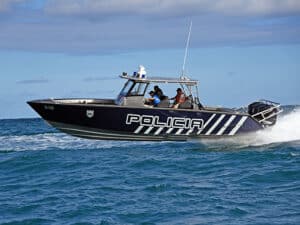
Bridge team in grounding lost situational awareness
Written by Nick Blenkey OCTOBER 24, 2013 — The U.K.’s Marine Accident Investigation Branch has issued its report on a November 15 incident in which, at 0559 the 143.5 m, Maltese flag bulk carrier Amber made contact with moored craft and grounded on the south shore of the River Thames shortly after departing from Tilbury power station.
OCTOBER 24, 2013 — The U.K.’s Marine Accident Investigation Branch has issued its report on a November 15 incident in which, at 0559 the 143.5 m, Maltese flag bulk carrier Amber made contact with moored craft and grounded on the south shore of the River Thames shortly after departing from Tilbury power station.
The MAIB investigation found that the accident was caused by the bridge team’s loss of situational awareness as the vessel left the berth in restricted visibility.
The roles and responsibilities of the bridge team had not been confirmed before departure, no continuous radar watch was kept and the vessel’s position, course and speed were not effectively monitored during the maneuver.
Recommendations have been made to the vessel’s managers (SC Cosena S.R.L., Romania), the harbor authority, the tug operator and the International Chamber of Shipping which are designed to improve the performance of bridge teams and pilots when maneuvering in harbors, particularly when operating in conditions of restricted visibility.
The full report, of course, gives much more of an insight into the sort of things that went wrong. Here’s an extract:
2.4 Preparations for departure
2.4.1 Pilot The requirement to test bridge equipment is fundamental when preparing a vessel for departure. If Amber’s OOW had turned the radar on while waiting for the visibility to improve, there would have been ample opportunity for the pilot to have become familiar with its operation and displays. Similarly, if the VHF radio sets had been tested before departure, the fact that the reliable VHF set was on the opposite side of the bridge from the one operational radar, could have been discussed at the master/pilot exchange.
The pilot and OOW were on Amber’s bridge for almost 3 hours before the decision to sail was made. During the time, the opportunity to test the bridge equipment and for the pilot to become familiar with its use was not taken.
2.4.2 OOW Amber’s OOW called the master and crew once it had been confirmed that approval had been given for Amber to sail, and he then began to prepare the bridge equipment. When the master arrived on the bridge, the radar had still not been turned on and the master queried this omission with the OOW.
The OOW was then relieved by the chief officer, who continued preparing the bridge equipment for departure. However, he was unable to set the radar display to the pilot’s requirements, and had to be assisted by the master, thereby creating an unnecessary distraction for both the master and pilot as they prepared for the vessel’s departure.
The Bridge Procedures Guide [BPG] states that watchkeeping officers should be completely familiar with all navigational equipment on board. In this instance, none of the watchkeeping officers that were on the bridge for Amber’s departure in restricted visibility were sufficiently familiar with the operation of safety critical bridge equipment.
2.4.3 Master/pilot exchange The exchange of information between Amber’s master and the pilot for the vessel’s departure included the sequence for letting go the mooring lines, the manoeuvre off the berth and the use of the tug. The pilot used the [PLA’s master/pilot information and passage planning exchange form] to guide the discussion. However, the form did not include checking the roles and responsibilities the bridge team would take, and this was not discussed. If the team’s respective roles had been considered it should have been evident that, as the designated helmsman was at the aft mooring station, one of the senior officers would have to undertake that role.
It should also have been apparent to the master and pilot that no-one was available either to maintain a continuous watch on the radar, an essential requirement in the prevailing conditions of restricted visibility, or to maintain a proper lookout as required by the COLREGS. Although a cadet was present on the bridge, he had only just joined the vessel and was not allocated a specific role.
Checklists can help to ensure that all relevant considerations have been addressed before commencing a task or evolution.
Had either the PLA’s master/pilot information and passage planning exchange form, or the owner’s master/pilot information exchange checklist included the need to check on roles and responsibilities, as recommended by the BPG, it is probable that an officer would have been allocated to maintain a continuous radar watch during the vessel’s departure.
The full report includes much more like this. Read the full report HERE

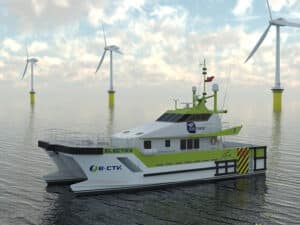
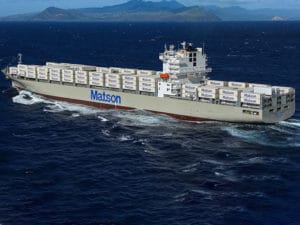
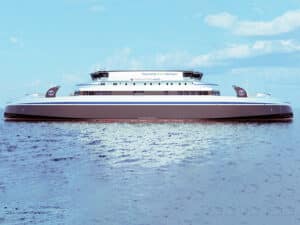
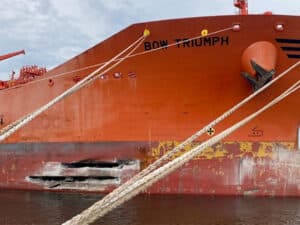
Leave a Reply
You must be logged in to post a comment.